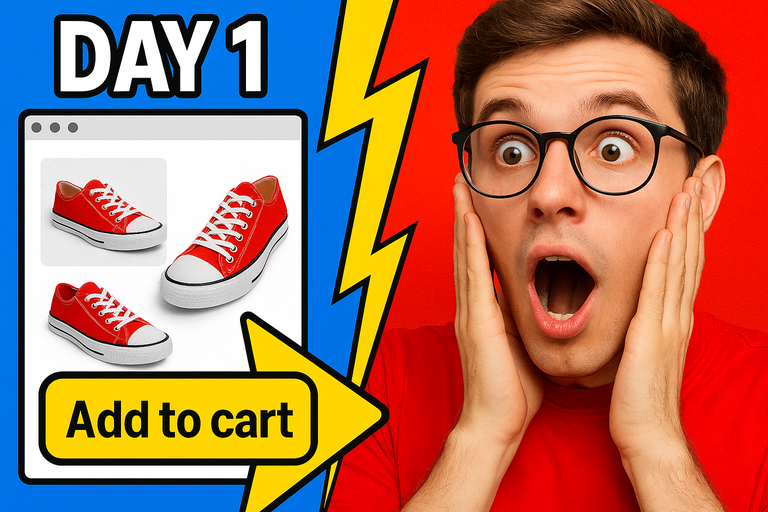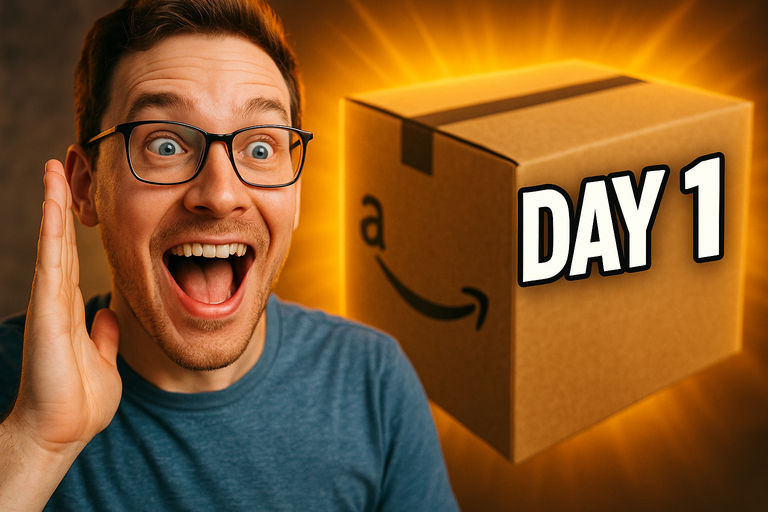
What if the analytics dashboard you trust most is secretly lying to you?
We’ve all been there: after a caffeine-fueled campaign launch, you’re ready to bask in the afterglow of your supposed success. You check your paid media reports, and—bam!—dozens of metrics flash before your eyes. But deep down, you wonder: Are those numbers actually telling the whole story, or are you just seeing what the algorithms want you to see?
Here’s the kicker: as highlighted in Search Engine Journal’s recent breakdown on paid media reporting for ecommerce, the answer is both simpler and more complicated than you think. In 2025, attribution isn’t just about counting clicks and conversions. It’s about truly understanding every step a shopper takes—especially as online shopping gets more visual, interactive, and, let’s be honest, overwhelming.
The Attribution Maze: More Complex Than Ever
If you’ve ever wondered why your ad budget doesn’t always translate to sales, you’re not alone. Modern ecommerce attribution is an absolute labyrinth. You’ve got:
- Traditional KPIs (like ROAS and CPA) that only scratch the surface.
- Last-click vs. multi-touch models vying for your trust.
- Media Mix Modeling (MMM) and incrementality testing promising a more “scientific” approach—and sometimes just more confusion.
But here’s the jaw-dropper: None of these methods can account for how today’s shoppers are deciding what to buy. With interactive product previews and visual try-ons, user journeys are less like a straight line and more like a web of quick taps, swipes, and micro-decisions.
Wait, Are Metrics Missing the Visual Revolution?
Remember the old days, when a product shot and a price tag were enough? Not anymore. In 2025, online shoppers demand visual immersion. Try-ons, augmented previews, and “see it in my space” options aren’t novelties—they’re expectations.
If your reporting—and your tech stack—don’t reflect this, you’re in trouble.
- Are you tracking engagement with visual tools?
- Do you know if personalized previews are leading to higher cart additions?
- Are you crediting conversions to the moments that actually seal the deal?
Chances are, your current dashboards aren’t shining a light on these crucial interactions. But here's the good news: you can catch up—fast.
The Secret Sauce: Personalization + Attribution
What’s the missing link? It’s not just more data. It’s context-rich, personalized engagement data. As mentioned in the Search Engine Journal piece, leading brands now use incrementality testing and advanced attribution to answer a bigger question: Which experiences actually move the needle?
One fascinating twist: Visual shopping extensions, like the innovative XP9 Chrome extension, are flipping the script. By letting users insert their own images into Amazon product photos, XP9 gives shoppers the power to see themselves “in” the product before buying. It feels magical—but for marketers, it’s also a goldmine of new intent signals.
Cookies and clicks only reveal so much. But when a shopper uploads a photo to visualize herself in those sunglasses or that jacket, you’re seeing a level of purchase intent far deeper than any button click could measure. That’s the kind of event your attribution models must factor in if you want to stay ahead.
How to Upgrade Your Attribution Game in 2025
So, what should forward-thinking ecommerce teams do right now?
- Expand Your Analytics Scope: Start tracking engagement with visual tools—previews, try-ons, and personalization features—not just checkout events.
- Integrate Next-Gen Extensions: Test user-friendly add-ons like XP9 to both wow your customers and surface richer intent data.
- Experiment With New Models: Move beyond last-click. Explore multi-touch, position-based, and data-driven attribution, giving extra weight to visual engagement.
- Don’t Neglect Incrementality: Use holdout groups and A/B tests to see which visual experiences actually drive incremental purchases.
- Educate Your Team: Attribution isn’t just for analysts. Merchandisers, UX designers, and marketers all need to understand why visual touchpoints matter.
A Final Thought: The Visual Edge Is the Data Edge
As the ecommerce world goes all-in on immersive shopping, brands that measure only clicks and carts are about to be left behind. True winners will know which preview, try-on, or personalized visualization is the tipping point in the customer journey.
If you’re ready to rethink your attribution—and arm yourself with experience-driven tools—don’t just skim the surface. Explore groundbreaking solutions like XP9’s Chrome extension for Amazon product images, and start capturing the moments that truly matter.
Because the real question isn’t if you’re measuring your visual shopping wins correctly. It’s: What’s hiding in your data that could be your next conversion breakthrough?
Curious how visual engagement is shifting your own results? Drop a comment below and share your experience. Let’s decode the future of ecommerce attribution together!



